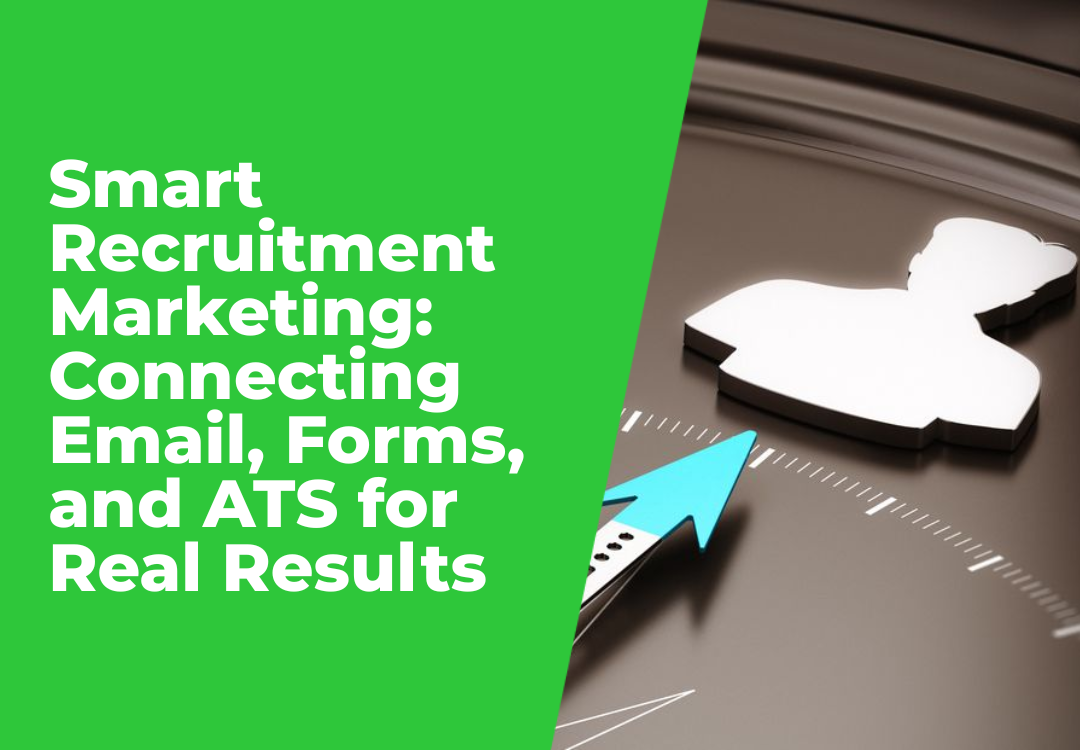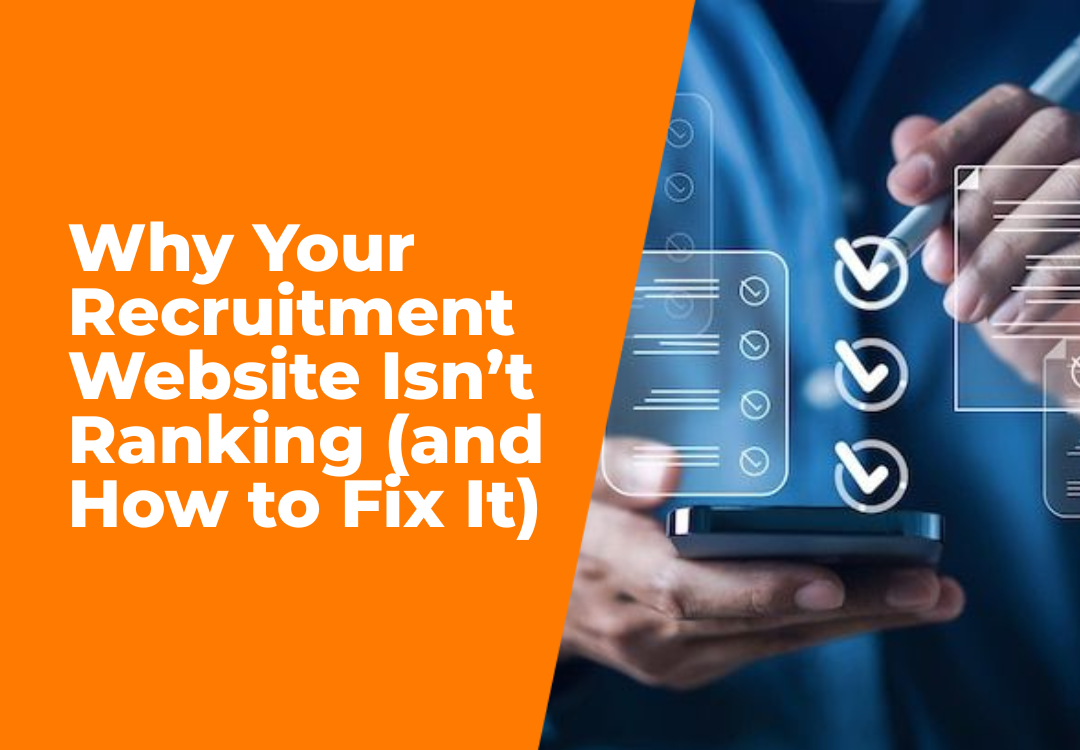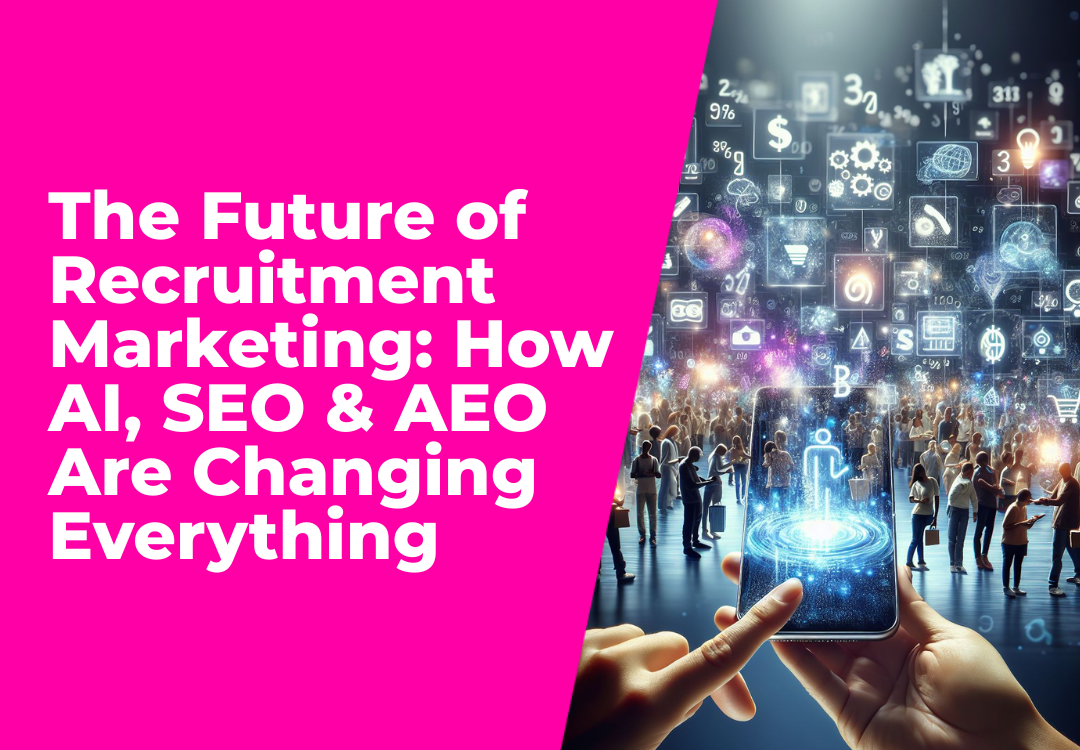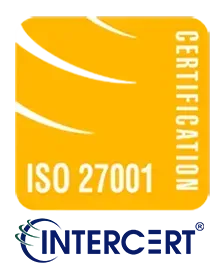Local SEO Audit for Recruitment
August 17, 2021
Local SEO is the practice of increasing a company's exposure in local web searches. Consider local SEO to be organic SEO with a geographic component.
It's a campaign to improve the visibility of your business listings in search results utilizing location-based terms. These may be search keywords like 'Sydney engineering recruitment agency.' The local results appear in the Google 3-pack, as we marketing types like to call it.
This will typically include reviews, opening times, your address, and contact information for the three most relevant businesses for the search phrase and location that occurred.
Why is it important for recruiters?
It's difficult to outrank large job boards like Indeed, Monster, Seek (in Australia), as well as everyone else. It is a very competitive world out there in SEO land.
Trying to gain traffic for 'Marketing Jobs' 'Sales Jobs' 'Nursing Jobs' will always be a difficult task.
If you have a real address, or an office location, you can use it to rank for location target keywords - no matter where you are! Example - 'Marketing jobs Sydney' 'Sales Jobs New York' 'Nursing Jobs London'
This means you can drive traffic, and customers, from your local area.
The traffic is laser-focused, more likely to convert, and searching for exactly what you do and where you do it.
It also benefits your prospects and potential clients.

What do I have to do?
The basics of local SEO are:
• Google My Business (a must have free local directory service) - you need to be posting content here like you do for LinkedIn or Facebook etc • Your businesses NAP - your name, address and phone number • Citations
• Google My Business (a must have free local directory service) - you need to be posting content here like you do for LinkedIn or Facebook etc • Your businesses NAP - your name, address and phone number • Citations
How do recruiters benefit from local SEO audit?
You might be wondering why you should bother with an SEO audit. An SEO audit, it turns out, has a lot of advantages! This is the first stage whether you are already investing time and money in search engine optimization (SEO) or are considering it.
Similarly, if you already have an SEO process in mind, you should conduct an audit on a regular basis to keep track of your progress. An SEO audit can uncover present shortcomings, highlight competitors' strengths, and improve conversion rates, to name a few advantages.
Below are just some of the benefits of an SEO audit.
Similarly, if you already have an SEO process in mind, you should conduct an audit on a regular basis to keep track of your progress. An SEO audit can uncover present shortcomings, highlight competitors' strengths, and improve conversion rates, to name a few advantages.
Below are just some of the benefits of an SEO audit.
Reveal Current Weaknesses
One of the initial advantages of an SEO audit is that it will identify your present SEO flaws. Many of them may be basic things for a firm without an existing SEO plan. Many websites, for example, have their physical address hidden near the bottom of their pages.
Adding a specific webpage that lists your current address will improve your ranking for local searches. For companies getting one of their regular audits, this may mean creating additional content utilizing a certain keyword or keywords.
Adding a specific webpage that lists your current address will improve your ranking for local searches. For companies getting one of their regular audits, this may mean creating additional content utilizing a certain keyword or keywords.
Organic Reach and Visibility
The term "organic search visibility" refers to how easily people can find your website by simply searching on Google. This does not include advertisements that have been paid for. Keywords have a big role in your website's organic search exposure. Improving your keyword usage directly affects your organic search ranking. An audit will reveal the keywords you are currently ranking well for. With the Shazamme SEO tool, you track all of this and can even see how you compare to your competitors. There are many great opportunities to be had if you look at what keywords others in your industry are getting website visits for.
So you are ranking well in organic searches, which is fantastic make sure it is for many relevant terms, not just the ones you think you need. Is your website traffic increasing as a result of your ranking? Are they attempting to reach you? Are they making an enquiry or applying for jobs? One of the most tangible benefits of an SEO audit is increased conversion rates. You probably talked about what you thought a conversion was before you started. The results of your SEO audit will reveal what is causing those conversions.
Of course the most important thing here is to make sure you reach out to an expert who specializes in the recruitment industry as it is easy to waste money if you don't do things correctly.
A website audit is a great place to start to make sure you have a solid foundation in place to support your SEO journey.
Improve Conversion Rates
Of course the most important thing here is to make sure you reach out to an expert who specializes in the recruitment industry as it is easy to waste money if you don't do things correctly.
A website audit is a great place to start to make sure you have a solid foundation in place to support your SEO journey.
Download our SEO
Ebook here
to learn more.
Want to skip all this work and let the experts handle your local SEO? Contact us today!
Want to skip all this work and let the experts handle your local SEO? Contact us today!
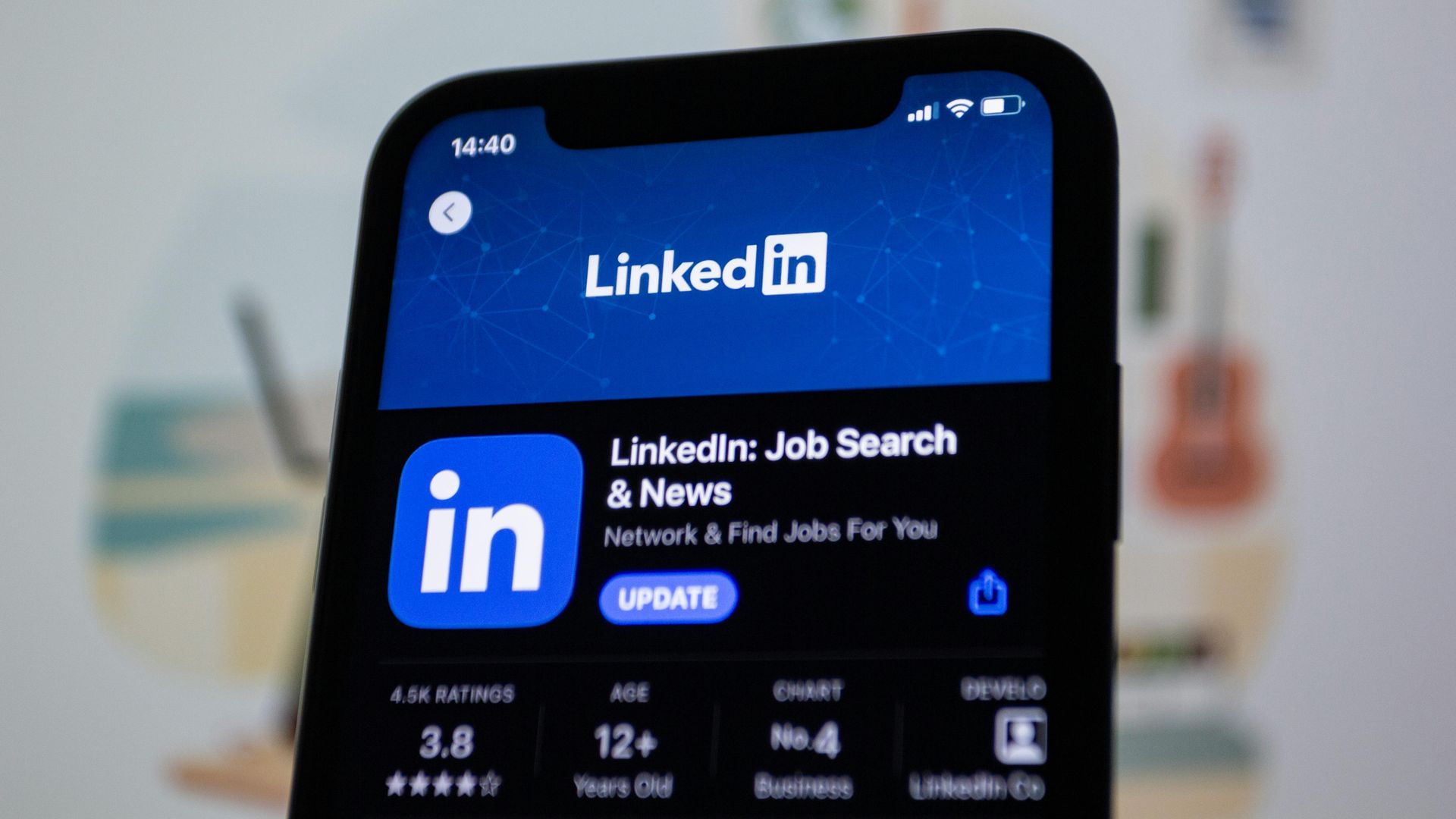
By Nicole Clarke
•
October 28, 2025
How to Track Your LinkedIn Leads (and Finally See What’s Working) Most recruitment agencies post regularly on LinkedIn, but few actually know what’s working. You might get great engagement, but how do you know if those likes and clicks are turning into new clients or candidate enquiries? If you’re not tracking your leads, you’re flying blind. The good news is that it’s incredibly easy to fix. You just need a simple setup using UTM tracking and Google Analytics (GA4) . Here’s how to do it properly so you can see exactly which posts, people, and campaigns are driving real results. Step 1: Add UTM Links to Every LinkedIn Post Whenever you share a link on LinkedIn, whether it’s to a job, a blog, other content or a “book a demo” page etc you should add a little bit of tracking code at the end of your URL. This code is called a UTM , and it tells you exactly where your traffic came from once people land on your website. Example: https://www.xyzrecruitment.com/book-demo?utm_source=linkedin&utm_medium=social&utm_campaign=demo_launch&utm_content=post1 Here’s what each tag means: utm_source=linkedin → tells you the traffic came from LinkedIn utm_medium=social → identifies it as an organic social post utm_campaign=demo_launch → labels your specific campaign utm_content=post1 → helps you see which post or person shared it You can use Google’s free Campaign URL Builder to generate these in seconds. Step 2: Use Tagged Links in Every Post and Profile Once you’ve created your UTM-tagged links, use them everywhere you share links from LinkedIn: Company updates Recruiter and consultant posts LinkedIn articles or newsletters Comments and DMs If multiple people in your team are posting, give each person their own UTM content tag (for example: utm_content=sarah_post or utm_content=liam_article ) so you can easily see who’s driving the most traffic or conversions. Step 3: Track the Results in Google Analytics 4 With your UTM links live, it’s time to see what’s working. In Google Analytics (GA4) , go to: Reports → Acquisition → Traffic Acquisition Filter by: Source / Medium = linkedin / social Now you’ll see: How many visitors came from LinkedIn Which pages they viewed Whether they filled out a form, booked a demo, or applied for a role That’s how you finally connect your LinkedIn activity to actual business outcomes. Step 4: If You Run Paid Ads — Connect LinkedIn to GA4 If you’re also running LinkedIn Ads , connect your LinkedIn Campaign Manager to GA4 . This gives you the complete picture, not just clicks and impressions, but which ads and audiences are driving conversions. Step 5: Create a Simple Dashboard Once you’re tracking everything, pull it together in a Google Looker Studio (Data Studio) dashboard. You’ll get a clear visual of: Traffic from LinkedIn (organic + paid) Conversions by campaign Which recruiters generate the most leads Your overall ROI from LinkedIn It’s simple, visual, and finally gives you proof of what’s working. Why This Matters for Recruitment Agencies Without UTM tracking, your LinkedIn traffic shows up in Google Analytics as “direct” or “referral”, which tells you nothing. With proper tracking, you’ll know: Which campaigns or posts bring in new client leads Which recruiters or consultants drive the most engagement What content types actually convert It’s not about guessing, it’s about growing with real data. Quick Recap Step 1: Add UTM links to every LinkedIn post — Tracks traffic accurately Step 2: Use consistent naming — Keeps your data clean Step 3: Check GA4 reports — See conversions clearly Step 4: Connect LinkedIn Ads — Measure full ROI Step 5: Build a dashboard — See what’s working at a glance Final Tip Consistency is key! One untagged link can throw off your data. Once you start tracking properly, you’ll quickly see which content drives leads and where to focus your marketing energy next. If you’d like help setting up UTM links or building a simple LinkedIn-to-GA4 dashboard, contact the team at www.shazamme.com we can show you exactly how to do it right!


